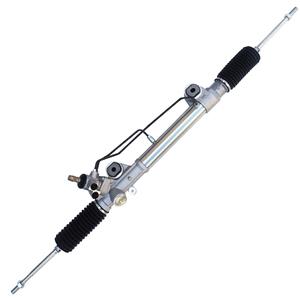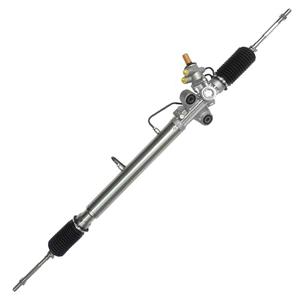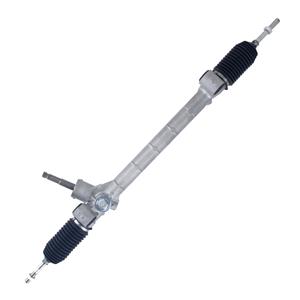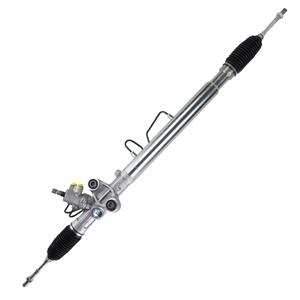-
The wear of the rack may cause the meshing between the rack and the pinion to no longer be smooth, or even gaps or abnormal contact. Especially when driving on bumpy roads, the vibration of the vehicle will aggravate this wear, causing the power steering rack to make a "clicking" sound.
-
Normally, the rack of the power steering rack should not move excessively. The purpose of the rack design is to fix the steering rack so that it can move smoothly during the steering operation and provide assistance to the driver through a hydraulic or electric power system.
-
After turning off the power, it is recommended to wait a few minutes to ensure that the electric steering system is completely powered off. This step is critical to the smooth progress of the reset process and ensure that the electronic control unit (ECU) inside the system no longer retains any cache or error codes.
-
0404-2025
How to solve the EPS failure of the car?
If the EPS warning light is on, it is recommended to use a car diagnostic instrument to read the fault code. The fault code can help determine the specific cause of the fault and guide the maintenance personnel to prescribe the right medicine.
-
0304-2025
What power steering system does BMW use?
Hydraulic power steering is a technology that BMW has traditionally adopted on a large scale. This system generates hydraulic pressure through a hydraulic pump driven by the engine belt, which then delivers hydraulic oil to the steering rack and pinion system through an oil pipe.
-
If the noise comes from the front of the vehicle, especially near the wheel or chassis, and is accompanied by hydraulic hum, gear jamming, or hydraulic oil leakage, the problem is most likely with the power steering rack or power steering system.
-
Use a funnel to slowly pour the appropriate amount of power steering stop-leak fluid into the reservoir. Usually, the stop-leak fluid will start to work after mixing with the existing power steering fluid. Be careful not to pour too much stop-leak fluid to prevent the fluid level in the power steering rack from being too high.
-
The hydraulic fluid used in hydraulic power steering systems must have specific properties to ensure smooth operation and long life of the system. Hydraulic fluids are mainly divided into the following types: 1. Mineral Oil 2. Synthetic Hydraulic Fluid 3. Semi-Synthetic Hydraulic Fluid 4. Specialty Hydraulic Fluids
-
Replacing the power steering rack is a technically demanding project involving multiple steps and details, requiring professional equipment and experienced technicians. The first step in replacing a power steering rack is to remove the steering system components. This includes removing the steering column, steering wheel, steering linkage, and power steering pump.
-
Electric power steering system (EPS) is one of the most commonly used steering system types in the world. Unlike traditional hydraulic power steering system, electric power steering system directly provides steering assistance through electric motor.




